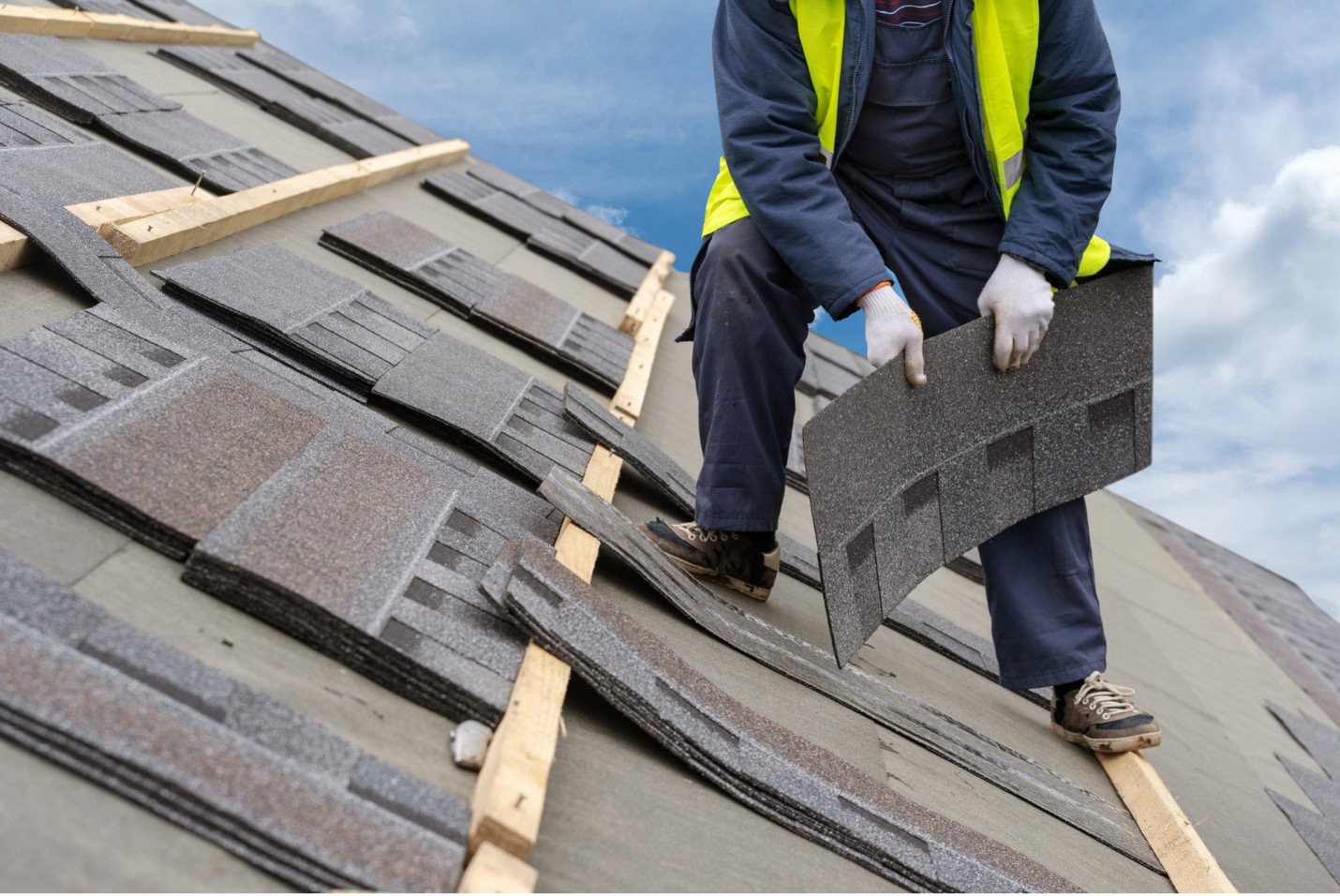When it comes to maintaining your home’s structural integrity and comfort, roof replacement in Florida stands out as a significant investment and decision. The region’s unique climate, intense heat, tropical storms, and high humidity can wear down even the most durable roofing materials. Homeowners often delay this process until issues become unavoidable, risking interior damage and increased costs. Whether your roof is aging, storm-damaged, or showing signs of wear, knowing when and how to replace it can help prevent long-term problems. We will explore the crucial points Florida homeowners need to understand before, during, and after a roof replacement project, focusing on the conditions that make roofing different in this state and the choices that can lead to lasting protection and peace of mind.
Key Considerations for Roof Replacement in Florida
- Understanding Florida’s Roofing Challenges
Florida presents some of the harshest conditions for roofing systems in the U.S., making it vital for homeowners to understand how these environmental factors influence roof performance. Companies like Forte Roofing recognize that, unlike in temperate climates, Florida roofs must endure prolonged UV exposure, which can weaken materials like asphalt shingles over time. Heavy rains, hurricanes, and tropical storms are common occurrences that can lift or rip off improperly installed roofing.
Furthermore, high humidity levels can contribute to mold, algae growth, and material degradation. Even salt in coastal air can corrode metal fixtures on the roof, reducing their lifespan. These variables make roofing in Florida more than just a cosmetic concern—it becomes a critical protective barrier against extreme weather and environmental elements. Recognizing these conditions helps homeowners plan better and choose roofing materials and installation methods that are durable and appropriate for the Florida climate.
- Knowing When It’s Time for a Roof Replacement
While every roof has an expiration date, identifying the right time for a replacement requires careful observation. In Florida, typical asphalt shingle roofs last 15 to 20 years, while tile or metal roofs may last longer. However, strong storms can shorten that lifespan significantly. Common signs that a replacement is needed include curling or missing shingles, sagging areas, water stains on ceilings, granules collecting in gutters, or increased energy bills due to insulation loss. If you’ve had frequent repairs over the past few years or notice leaks despite multiple fixes, investing in a full replacement may be more cost-effective. Roofs visibly aged or no longer meet building codes, especially after changes in local standards following major hurricanes, also signal that replacement should be prioritized. Catching these signs early can help avoid further structural damage and protect your investment.
- Selecting the Right Roofing Material for Florida Homes
Choosing the right roofing material in Florida isn’t just about appearance; it’s about function and resilience. Asphalt shingles are the most widely used due to their affordability and availability, but homeowners in hurricane-prone areas often consider alternatives like metal, clay, or concrete tile roofing. Metal roofs offer excellent durability and wind resistance, making them a common choice in regions susceptible to storms. Clay and concrete tiles are popular in coastal and Mediterranean-style homes and offer superior longevity and insulation benefits.
Some homeowners also explore energy-efficient or solar-integrated roofing options to reduce cooling costs. When selecting a material, consider not only durability but also how it complements the structure of your home, complies with local codes, and performs under Florida’s demanding weather. It’s also important to understand each type’s warranties and maintenance requirements to make a confident and informed decision.
- Navigating Florida Building Codes and Permits
Florida has some of the most stringent building codes in the country due to its exposure to hurricanes and extreme weather. Roof replacements are heavily regulated to ensure homes can withstand high winds and storm damage. Depending on your location, you may need to adhere to Miami-Dade or statewide code requirements, which may dictate the underlayment type, the shingles’ nailing pattern, and other technical specifications. Before starting a roof replacement, a permit must typically be secured through your local building department. Inspections are conducted before, during, and after installation to verify compliance.
Homeowners should be aware of these rules, as failing to follow proper procedures can lead to fines, insurance issues, or even forced removal of non-compliant work. Working with a contractor who understands Florida-specific codes can make the permitting process smoother and ensure your roof meets safety and legal standards.
- How Insurance and Warranties Factor into Roof Replacement
Insurance plays a significant role in roof replacements in Florida, especially due to the state’s frequent storm activity. If your roof is damaged due to a covered peril, such as wind or hail, you may be eligible for partial or full coverage from your homeowner’s insurance policy. However, insurance companies often require documentation, timely reporting, and sometimes even proof of routine maintenance. Reviewing your policy details and taking photos before and after storms is important. In some cases, insurers may cover only the depreciated value of your roof unless you have a replacement cost policy.
Additionally, manufacturer warranties and workmanship guarantees can add peace of mind by covering defects or installation errors for several years. Understanding the limitations and responsibilities under these warranties ensures you won’t face unexpected costs if problems arise after the replacement. Carefully review all warranty documents and ask questions before signing off on the installation.
Roof replacement in Florida is not just about fixing a worn-out surface; it’s about protecting your home from one of the most demanding climates in the country. From recognizing the signs of damage to choosing materials that can withstand hurricanes, every step matters. We have explored how weather, codes, insurance, and contractor choice play into a successful roof replacement project. Being informed allows you to make confident decisions and ensure your investment lasts decades. By understanding these crucial elements, homeowners can safeguard their property, enhance energy efficiency, and enjoy peace of mind through all seasons Florida throws their way.

































